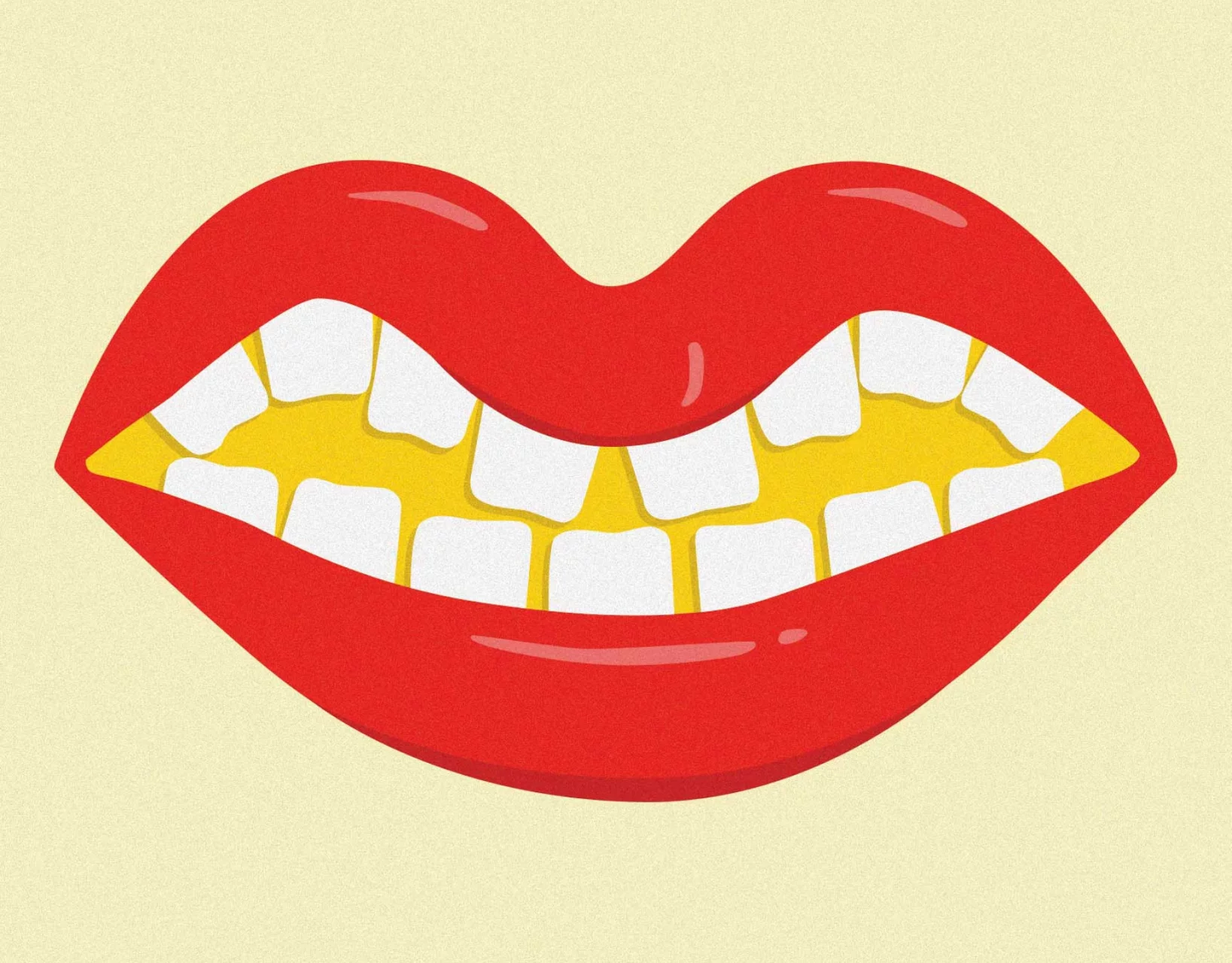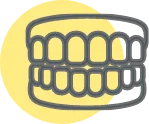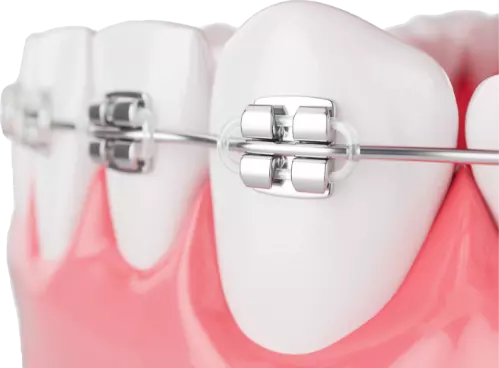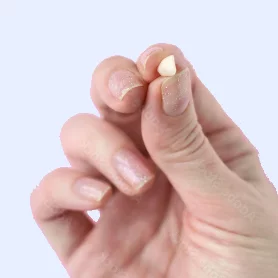How can we help?
The Benefits of Orthodontics
Oh wait, there are more benefits beyond giving you that picture-ready smile? Yes, indeed! By aligning teeth and correcting bite issues, orthodontic treatments enhance oral health and make daily oral hygiene easier and more effective.

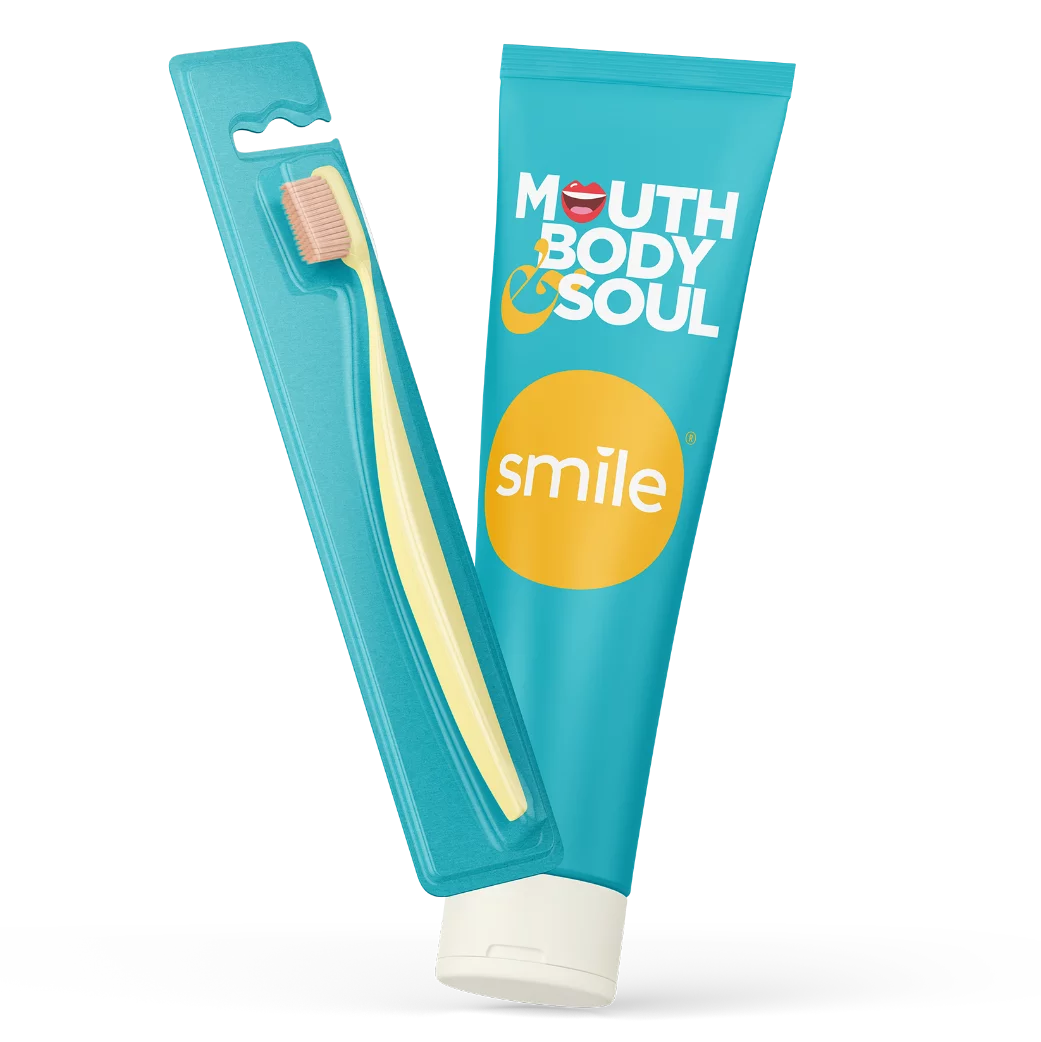

Book an Appointment Today
Have the conversation about straighter teeth with your dentist today!
Got questions?
Browse our FAQs or give us a call at 1-800-SMILEGEN to learn more.
Orthodontic treatment relies on appliances to gently move teeth into their ideal positions. Braces are the most common appliance. Some orthodontic problems can be treated with clear aligners. In some cases, such as when the teeth are overcrowded, removing teeth may be a necessary orthodontic procedure.
Orthodontic procedures can be used to help patients who have difficulty chewing or biting, speaking, or closing their lips. Additionally, Orthodontists can perform procedures necessary to prevent cheek and upper roof biting as well as grinding and clenching teeth. They can also fix protruding, broken, crowded, misplaced, or blocked-out teeth, jaw shifting, protrusion, or recess and help give patients asymmetrical faces.
Both types of braces can help you achieve a straighter, healthier smile, but there are some key differences between them. Metal braces are noticeable when you smile or talk, while clear braces have a more natural tooth-colored appearance. For more complex tooth and bite issues, orthodontists may recommend metal braces.
Ceramic braces, as well as clear aligners like Invisalign, may not be appropriate for all orthodontic problems.
Learn more in our blog article, "Invisalign vs. Braces."
Braces have two parts: brackets and wires. Brackets are metallic squares that are cemented onto your teeth. Most of the time, brackets are placed on the front of your teeth, but it is sometimes possible to place them on the backs of the teeth. The wires are threaded through the brackets and place gentle forces on your teeth to guide them into their ideal positions.
Typically, over several months or years, braces can slowly move the teeth to correct a variety of issues. These issues include things such as crossbites, overbites, or underbites. Braces are especially helpful in cases where your bite is causing headaches or other issues. They can also be used to fix the aesthetics of your smile, such as excessive gaps or spaces between the teeth.
Learn more in our blog article, "Metal Braces."
Teeth aligners are another cosmetic alternative to traditional metal braces. There are a series of custom-made, clear plastic trays that fit on top of your teeth. You will wear each tray for around one to three weeks before moving on to the next tray. Over time, the trays gently shift your teeth into their ideal positions. There are many brands of teeth aligners on the market, including Invisalign.
In some cases, where there is severe misalignment, your Orthodontist may recommend traditional metal braces. It is always best to check with your provider to see what option works best for your teeth and the type of dental treatment needed.
Learn more in our blog article, "What Are Clear/Invisible Aligners and Why Get Them?"


